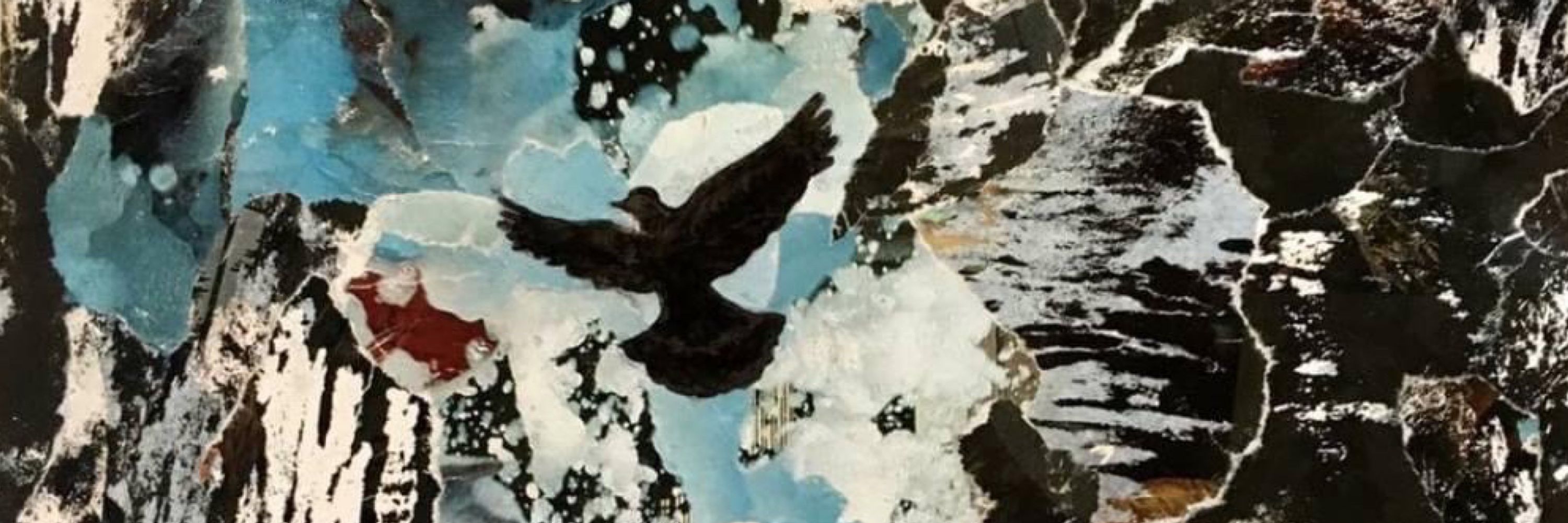
🪷💗🕊️🪷












#birds #birdwatching #birdphotography #birdlover #BirdsOfAustralia #ProtectBirdHabitat




#birds #birdwatching #birdphotography #birdlover #BirdsOfAustralia #ProtectBirdHabitat









#birds #birdwatching #birdphotography #birdlover #BirdsOfAustralia #ProtectBirdHabitat

#birds #birdwatching #birdphotography #birdlover #BirdsOfAustralia #ProtectBirdHabitat
#birds #birdwatching #birdphotography #birdlover #BirdsOfAustralia #ProtectBirdHabitat




#birds #birdwatching #birdphotography #birdlover #BirdsOfAustralia #ProtectBirdHabitat
🧵1/3
#birds #birdwatching #birdphotography #birdlover #BirdsOfAustralia #ProtectBirdHabitat

🧵1/3
#birds #birdwatching #birdphotography #birdlover #BirdsOfAustralia #ProtectBirdHabitat
#birds #birdwatching #birdphotography #birdlover #BirdsOfAustralia #ProtectBirdHabitat

#birds #birdwatching #birdphotography #birdlover #BirdsOfAustralia #ProtectBirdHabitat

